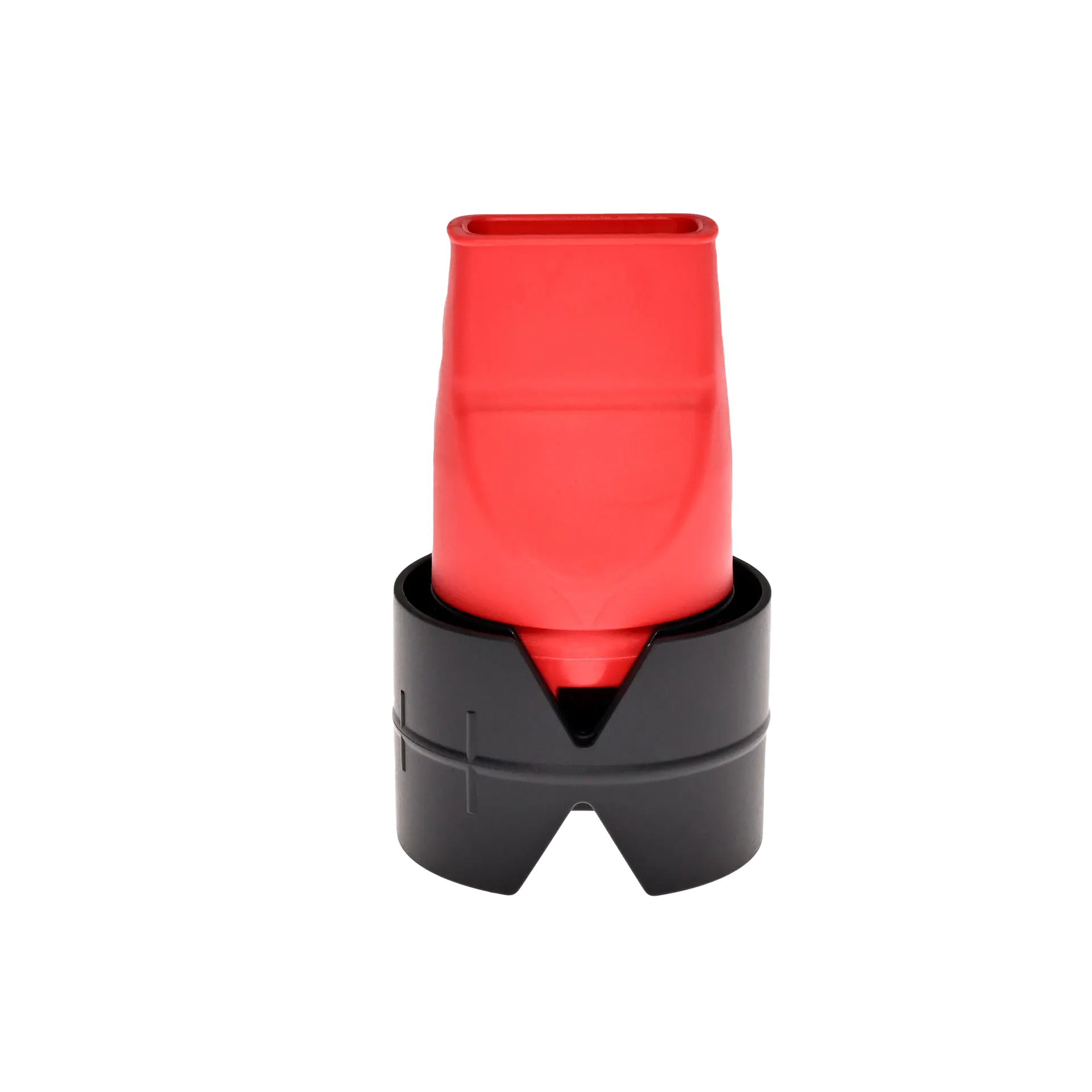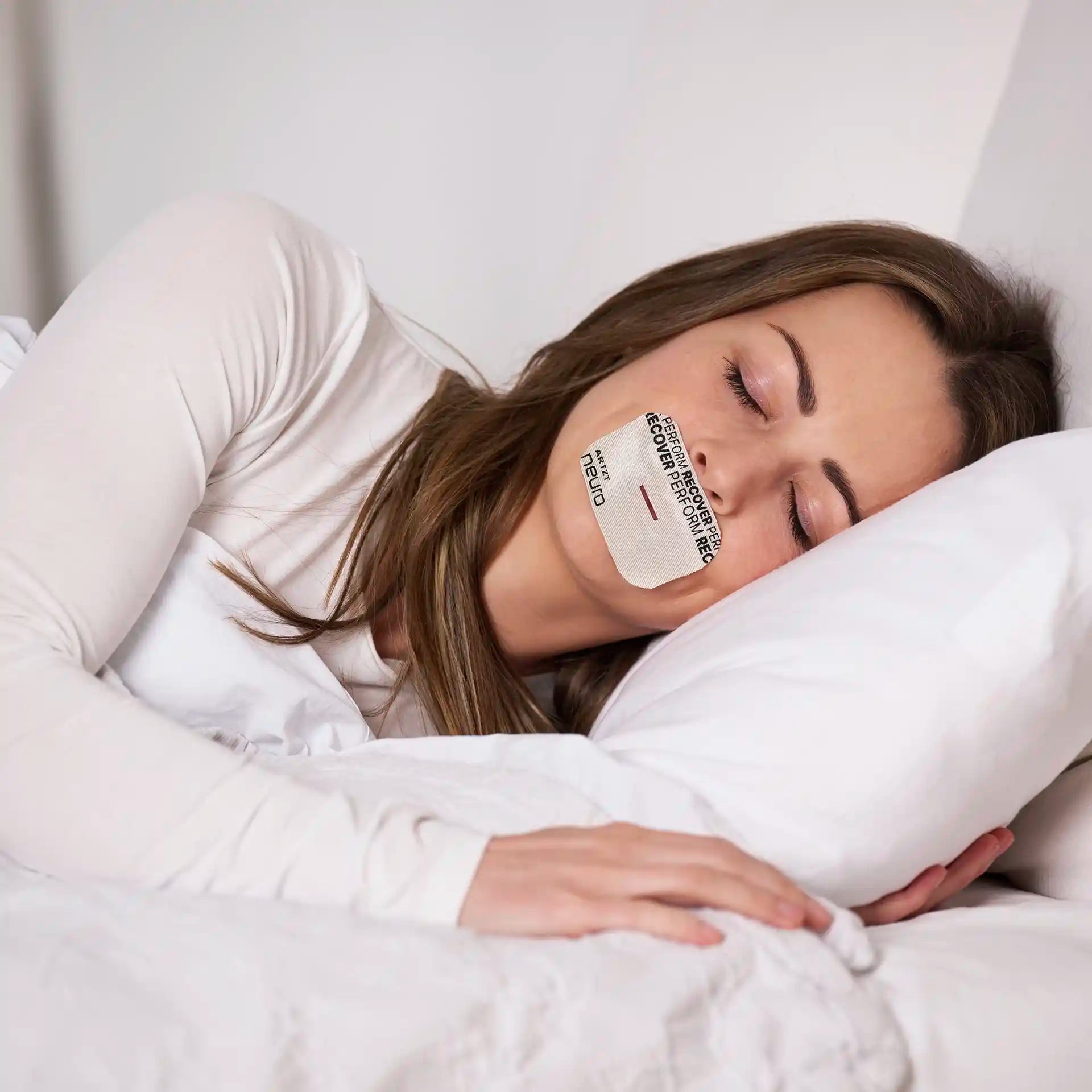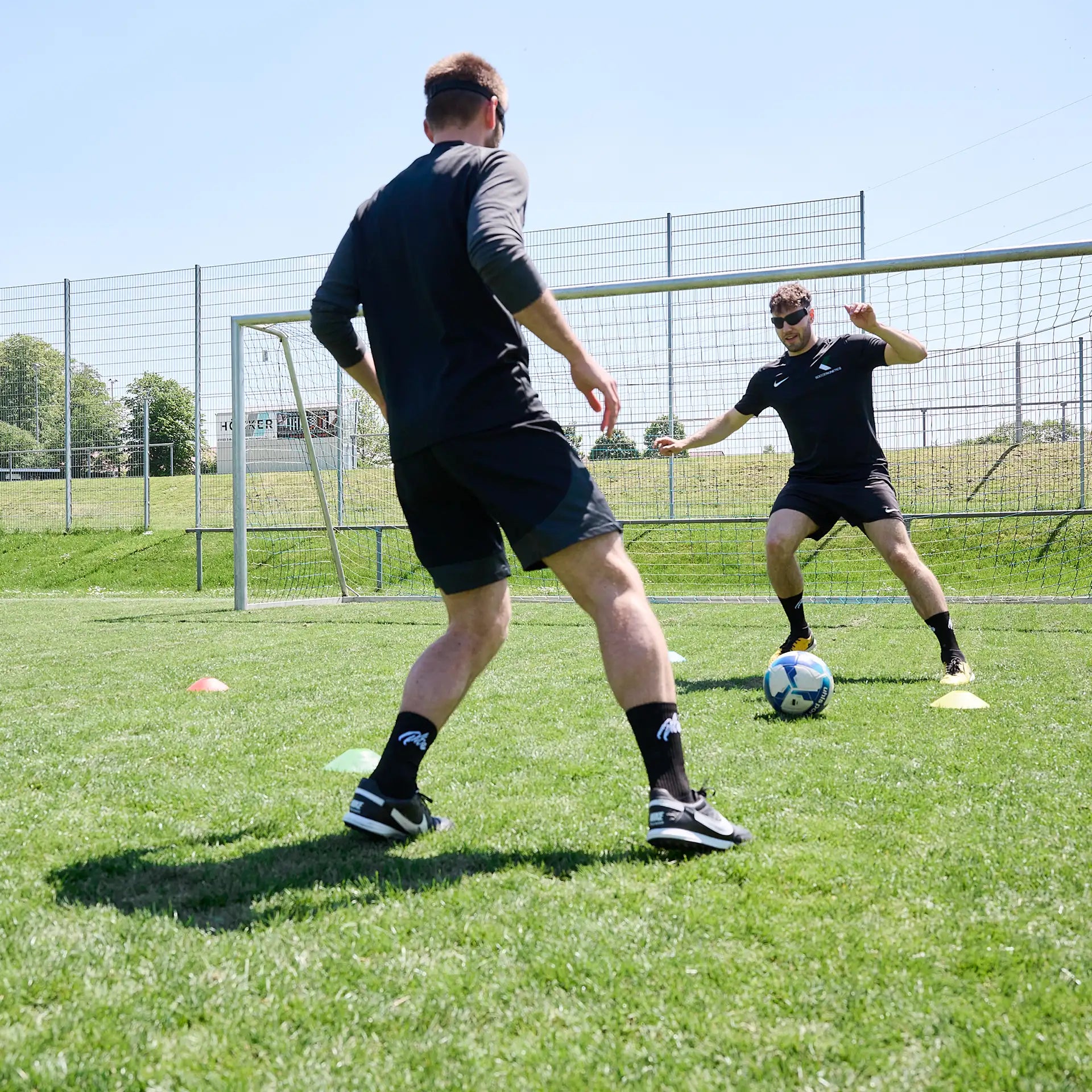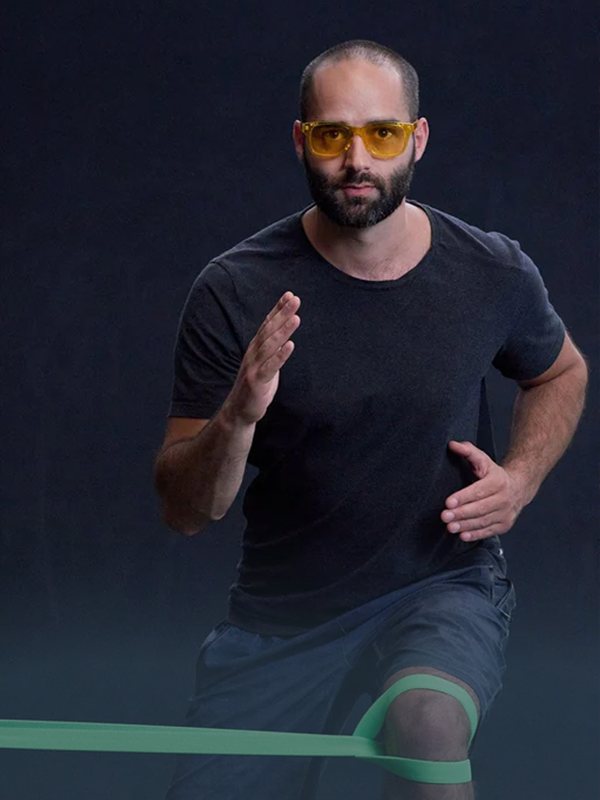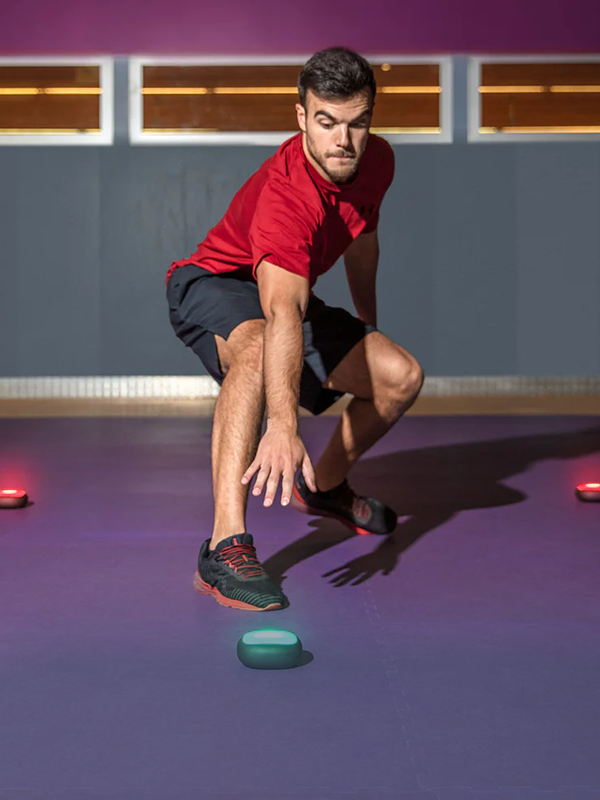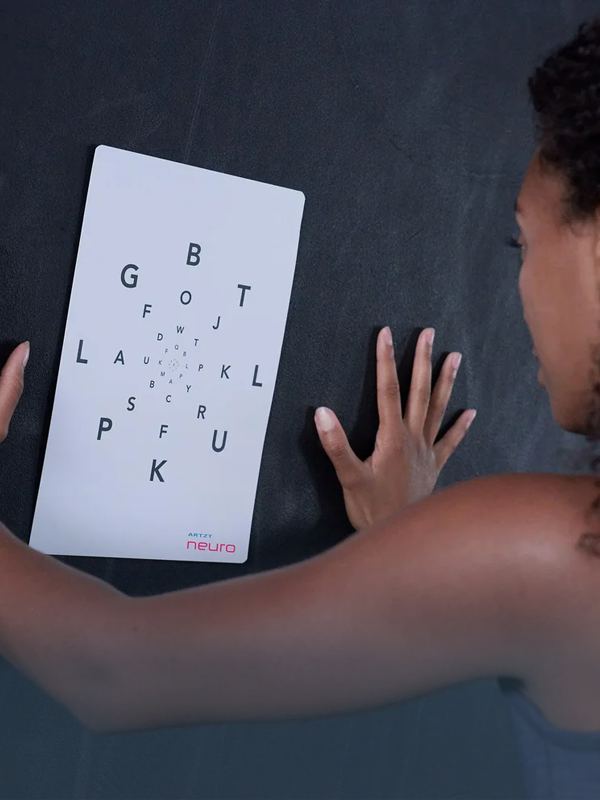Reading time: 6 minutes
Breathing is essential for life and well-being. Yet we rarely pay conscious attention to it. With breathing training you can significantly improve both your physical endurance and your mental health. Find out here how you can integrate simple breathing exercises into your everyday life.
Contents
Why breathing training?
The ability to influence well-being through breathing techniques is particularly interesting for people who strive for a healthy, active lifestyle or want to overcome certain health challenges. Breathing training is also an often underestimated tool in sports for pushing performance limits and optimizing recovery processes.
Breathing properly can help you not only promote peak athletic performance, but also reduce stress and improve overall health.
Understand respiratory physiology
Breathing is a process that accompanies us from birth and yet we mostly remain unconscious of it. We inhale oxygen and exhale carbon dioxide – a vital exchange process. The diaphragm, our primary respiratory muscles, contracts when we inhale, allowing the lungs to expand to fill them with air. When you breathe out, it relaxes and the air is expelled again. Breathing is directly connected to our nervous system and can influence our stress levels and emotions.
By specifically training the respiratory muscles, you can not only improve the efficiency of this vital function, but also deepen your control over your own body and mind. Improved breathing volume and optimized oxygen supply contribute to the maximum performance of your cells and can accelerate regeneration. Consciously controlling your breathing allows you to intervene in situations of fear and stress and to create a state of calm.
Benefits of breathing training
Breathing training can have a positive effect on your well-being and quality of life. First, it leads to improved oxygen uptake, which is essential for energy production in the cells. Especially for people who are physically active, an efficient breathing pattern can help to increase performance during workouts and shorten the recovery period after training. In addition, deeper and more conscious breathing can promote blood circulation and thus lead to a better supply of vital nutrients to the entire organism.
Reduce stress
Breathing training can also be an effective tool for reducing stress. In hectic everyday life, many people are confronted with shallow breathing, which can lead to increased production of stress hormones. Through breathing exercises, you can signal your body to enter a state of greater calm.
Using techniques such as diaphragmatic breathing or lip brake activates the parasympathetic nervous system and can promote relaxation. Not only does this have a calming effect on the mind, but it can also relieve physical symptoms of stress, such as high blood pressure.
>> Reading tip: 4 breathing exercises for stress and irritability
Live healthier
Unconscious bodily functions such as heart rate are controlled by the autonomic nervous system. With targeted breathing techniques, you can learn to influence these functions and thus have a direct impact on your health and well-being. Professional athletes use these techniques to increase mental focus and improve control of their body in competitive situations. In everyday life, this ability can help improve sleep quality and generally improve mood.
5 tips for daily breathing training
If you want to reap the benefits of breathing training, it is important to integrate it into your daily routine. Here are some practical tips on how you can achieve this:
1. Set yourself fixed times
Consciously set aside some time every day for your breathing exercises. Ideally, you practice at fixed times of the day, for example in the morning after getting up or in the evening before going to bed. This creates a routine that can help your body adjust to the exercise in question.
2. Create a comfortable environment for yourself
A relaxed atmosphere makes it easier to concentrate and increases the effectiveness of your exercises. Whether it's a special corner in your home or a place in nature - the environment should invite you to relax.
3. Use tools
For beginners, it can be helpful to use apps or audio instructions. Simple tools like a stopwatch or metronome can help you control the pace and length of your breaths. In addition, special breathing trainers can be useful to systematically train the breathing muscles.
4. Monitor your progress
A breathing diary can be a useful tool for documenting changes and progress. Write down how you feel before and after training and which exercises are particularly effective. These records can help you document your progress and stay motivated.
5. Stay patient and consistent
As with all types of training, patience is required here. Don't expect immediate change, but focus on the small progress you make over time. Consistency is the key to success: Even if things don't go so well on some days, it's important to stay on the ball. Breathing exercises are a long-term investment in your health.
3 breathing exercises to get you started
1. Diaphragmatic breathing (abdominal breathing)
This basal breathing technique trains the use of your diaphragm, the most important breathing muscle. That's how it's done:
- Place one hand on your chest and the other on your stomach.
- Inhale deeply through your nose and focus on allowing your stomach to rise beneath your hand while keeping your chest still.
- Breathe out slowly through slightly pursed lips and feel your stomach sink. Tip: Practice this technique for 10 minutes every day to increase the efficiency of your breathing.
You can find out more about diaphragmatic breathing in the video:
2. Lip brake
The lip brake is particularly helpful if you are short of breath or suffer from respiratory problems. This is how it works:
- Breathe in deeply through your nose, mentally counting to four.
- Press your lips together as if you were whistling and exhale slowly, ideally twice as long as your inhale. This technique helps keep your airways open and trains your lung volume.
3. Body mapping
With body mapping, you visualize the path of your breath and thereby create a deeper awareness of your breathing. That's how it's done:
- Close your eyes and breathe naturally.
- Imagine the breath flowing through your nose, into your lungs and out through your mouth.
- Consciously feel your ribs and stomach expanding and contracting with each breath. This technique not only trains awareness of the body, but also promotes calm and relaxation.
>> Reading tip: 3 vagus nerve exercises for more relaxation
8 advanced exercises
Breathing is our most important source of energy. If we don't have enough oxygen in the system, all of our processes don't work optimally. Breathing is controlled by many different muscle groups. Only when all of these muscles are functioning well can breathing optimally supply the body with oxygen and therefore energy.
Neuroathletics trainer Kevin Grafen shows you the most important breathing muscles and how to activate them with practical exercises. You have already gotten to know diaphragmatic breathing. Learn the best breathing techniques every week from February 16th, 2024 in the complete 9-part series (available in full from April 19th, 2024):
Integrate breathing training into daily life
You can start your breathing training in the first waking moments of the day by taking time for a few deep breaths. This way you start your day more consciously and energetically. Allow yourself to take short breaks while you work to concentrate on your breathing. Such mini breathing breaks can do wonders for minimizing stress and promoting mental clarity.
Fast and effective breathing techniques are a valuable tool in stressful situations. Simple methods such as abdominal breathing or slowed breathing can help you quickly find calm again. These techniques can provide a much-needed cool down to an overheated mind.
At the end of the day, calming relaxation exercises are ideal for preparing your body for a restful night. Conscious breathing can let you drift gently to sleep and contribute to improved sleep quality.
Breathing training - staying on the ball in the long term
You now know various breathing techniques that can increase your well-being and improve your performance. From the basics of breathing training to incorporating it into your daily routine, conscious breathing can be a powerful tool for your health.
If you want to integrate breathing exercises into your everyday life, always remember: The key to success is consistency. Set small, achievable goals and don't be too hard on yourself if things don't go according to plan. Set long-term goals and find your own method to stay on track. Then the routine comes naturally.
Become part of the community
Share your experiences and tips and be inspired by other people's stories. And if you are looking for the right tools for your training, take a look at our shop. We support you on your way to a healthy and active lifestyle.


